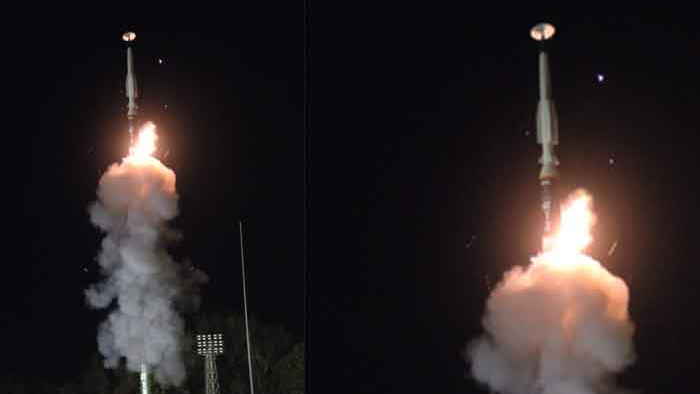In a resounding display of technological prowess, India has catapulted itself into an exclusive league of nations by successfully testing a long-range hypersonic missile. This groundbreaking achievement marks a watershed moment in India's defense capabilities, significantly bolstering its strategic deterrence and military might.
The missile, capable of carrying diverse payloads over distances exceeding 1500 km, was indigenously developed by the brilliant minds at the Dr APJ Abdul Kalam Missile Complex in Hyderabad, in collaboration with other DRDO laboratories and industry partners. This successful test not only underscores India's growing self-reliance in critical defense technologies but also its commitment to safeguarding its national interests in an increasingly complex geopolitical landscape.
With this feat, India joins the ranks of a select few nations – the United States, Russia, and China – that possess this cutting-edge technology. Hypersonic missiles, traveling at speeds exceeding Mach 5 (five times the speed of sound), are a game-changer in modern warfare. Their blistering speed, coupled with their maneuverability, makes them incredibly difficult to detect and intercept, posing a formidable challenge to even the most sophisticated defense systems.
These missiles exist in two primary forms: Hypersonic Glide Vehicles (HGVs) and Hypersonic Cruise Missiles. HGVs are launched atop rockets, separating and gliding towards their target at hypersonic speeds once they reach a certain altitude. Hypersonic Cruise Missiles, on the other hand, employ scramjet engines to sustain hypersonic velocities throughout their flight, flying at lower altitudes with enhanced maneuverability.
While the exact details of India's newly tested hypersonic missile remain classified, it is likely to be an HGV, given the information released by the DRDO. This aligns with India's focus on developing technologies that can overcome advanced air defense systems and provide a credible deterrent against potential adversaries.
The implications of this successful test are far-reaching. It not only enhances India's strategic deterrence but also strengthens its position in the global arena. Hypersonic missiles, with their ability to strike targets swiftly and accurately over long distances, provide a significant advantage in modern warfare, potentially altering the balance of power.
This achievement is a testament to the dedication and ingenuity of India's scientists, engineers, and defense personnel. It highlights the nation's unwavering commitment to technological advancement and its determination to secure its borders and interests in an increasingly volatile world. As India continues to push the boundaries of defence innovation, its entry into the hypersonic missile club signals a new era in its military capabilities and a bold step towards ensuring its national security.










































